

Articles
How To Store Cauliflower In The Fridge
Modified: May 6, 2024
Learn the best way to store cauliflower in the fridge to keep it fresh and crisp for longer. Our articles provide helpful tips and tricks for proper cauliflower storage.
(Many of the links in this article redirect to a specific reviewed product. Your purchase of these products through affiliate links helps to generate commission for Storables.com, at no extra cost. Learn more)
Introduction
When it comes to storing cauliflower, it’s essential to do it properly to ensure it stays fresh for as long as possible. Cauliflower is a nutritious and versatile vegetable that can be used in a variety of dishes, from delicious roasted cauliflower to creamy cauliflower soup. But if not stored correctly, cauliflower can quickly spoil, leading to waste and disappointment.
In this article, we will explore the best practices for storing cauliflower in the fridge. Whether you have leftover cauliflower from dinner or you bought a fresh head of cauliflower during your grocery run, these tips will help you keep it fresh and ready to use.
Before we dive into the storage techniques, let’s first discuss some valuable tips for buying fresh cauliflower.
Key Takeaways:
- Properly storing cauliflower in the fridge is crucial for maintaining its freshness. Follow these tips to extend its shelf life and enjoy delicious, nutritious cauliflower in a variety of creative dishes.
- From roasted cauliflower to cauliflower rice, there are endless ways to use stored cauliflower. Get creative in the kitchen and make the most of this versatile and nutritious vegetable!
Read more: How To Store Cut Cauliflower In The Fridge
Tips for Buying Fresh Cauliflower
When it comes to buying cauliflower, choosing the right one is crucial for ensuring its freshness and quality. Here are some tips to help you select the best cauliflower at the grocery store or farmer’s market:
- Look for a firm head: The cauliflower head should feel firm and compact. Avoid cauliflower with any signs of softness or sponginess.
- Check the color: Opt for cauliflower heads that have a creamy white or pale yellow color. Avoid heads with brown or discolored spots, as this can indicate spoilage.
- Inspect the leaves: The leaves of the cauliflower should be green and fresh-looking. Avoid heads with wilted or yellowed leaves.
- Avoid cauliflower with dark spots: Dark spots on the cauliflower head can be a sign of insect damage or decay. Choose heads that are free from any dark spots.
- Consider the size: Cauliflower heads come in various sizes, ranging from small to large. Choose the size that suits your needs, but keep in mind that smaller heads tend to be sweeter and more tender.
- Smell it: Give the cauliflower a quick sniff. It should have a fresh, slightly earthy aroma. If it has a strong or unpleasant odor, it may be past its prime.
By following these tips, you can ensure that you’re buying fresh and high-quality cauliflower for your recipes. Once you’ve purchased the perfect cauliflower, it’s time to prepare it for refrigeration.
Preparing Cauliflower for Refrigeration
Before you store cauliflower in the refrigerator, it’s crucial to properly prepare it. Follow these steps to ensure your cauliflower stays fresh and ready to use:
- Remove any packaging: If your cauliflower came wrapped in plastic or any other packaging, remove it. Packaging can trap moisture and lead to quicker spoilage.
- Inspect for any visible dirt or debris: Check the cauliflower head for any dirt or debris that may be clinging to it. Gently rinse the head under running water to remove any impurities.
- Trim the leaves: Use a sharp knife to trim off the excess leaves from the cauliflower head. Leave a small section of the leaves intact if desired, as they can help preserve freshness.
- Divide into florets (optional): If you prefer to store cauliflower in florets, cut or break the head into smaller, bite-sized pieces. This can be helpful if you plan to use the cauliflower in salads or stir-fries.
- Give it a final rinse: Rinse the cauliflower head or florets once more under cold water to ensure they are clean.
- Allow it to dry: After rinsing, pat the cauliflower dry with a clean kitchen towel or paper towels. Excess moisture can promote spoilage, so it’s essential to remove as much water as possible.
Once you’ve prepared the cauliflower, it’s time to move on to the next step: proper storage techniques.
Proper Storage Techniques for Cauliflower
To keep cauliflower fresh and crisp, follow these storage techniques:
- Refrigerate promptly: Place the prepared cauliflower head or florets in a perforated plastic bag or a vegetable storage bag. This helps to maintain the proper level of moisture while allowing for sufficient airflow. Seal the bag loosely to prevent excess moisture build-up.
- Find the right spot: Store the cauliflower in the crisper drawer of your refrigerator. The colder temperature and higher humidity level in this compartment help to extend its freshness.
- Avoid overcrowding: Make sure not to overcrowd the cauliflower in the crisper drawer. Leaving enough space around it allows for proper air circulation, preventing moisture build-up and potential spoilage.
- Keep away from ethylene-producing fruits: Cauliflower is sensitive to ethylene gas, which is released by certain fruits like apples, bananas, and avocados. To prevent premature ripening and spoilage, store cauliflower away from these ethylene-producing fruits.
- Check regularly: Periodically check the cauliflower for any signs of spoilage, such as discoloration, mold, or a foul smell. Remove any spoiled pieces immediately to prevent them from affecting the rest of the cauliflower.
By following these proper storage techniques, you can extend the shelf life of cauliflower and ensure that it stays fresh and delicious for a longer period.
To store cauliflower in the fridge, first remove the leaves and trim the stem. Place the whole head in a perforated plastic bag and store it in the crisper drawer. It should stay fresh for up to a week.
How Long Can Cauliflower Be Stored in the Fridge?
The shelf life of cauliflower in the fridge can vary depending on various factors, including its freshness at the time of purchase and how well it has been stored. On average, cauliflower can be stored in the refrigerator for up to 1-2 weeks.
However, it’s important to note that cauliflower is a perishable vegetable and can start to deteriorate over time. As days pass, the cauliflower may lose its crispness and firmness, and the flavor may become slightly bitter. Therefore, it’s best to consume the cauliflower as soon as possible after purchase for optimal taste and texture.
While cauliflower can be stored for up to 1-2 weeks, it’s always recommended to check the cauliflower for any signs of spoilage before using it. If you notice any mold, discoloration, sliminess, or a strong unpleasant odor, it’s best to discard the cauliflower as it may have gone bad.
To maximize the shelf life of cauliflower and maintain its freshness, it’s crucial to follow proper storage techniques and keep an eye on its condition throughout the storage period.
Read more: How To Store Cauliflower Rice
Signs of Spoiled Cauliflower
Knowing the signs of spoiled cauliflower is important to ensure you don’t consume a vegetable that has gone bad. Here are some common signs to watch out for:
- Discoloration: If the cauliflower has dark spots or patches of discoloration, it is an indication that it is no longer fresh. Brown or black spots on the surface of the cauliflower are signs of decay.
- Mold: Mold growth on the cauliflower is a clear sign that it has spoiled. Look for fuzzy or powdery green, white, or black spots on the surface of the cauliflower.
- Soft or mushy texture: Fresh cauliflower should feel firm and have a crisp texture. If the cauliflower feels soft or mushy to the touch, it is likely spoiled.
- Unpleasant odor: A strong, unpleasant smell is a clear indication that the cauliflower has gone bad. If the cauliflower emits a pungent or rotten odor, it should be discarded.
- Slime or excessive moisture: If you notice any sliminess or excessive moisture on the cauliflower, it is a sign of spoilage. Excess moisture promotes the growth of bacteria, leading to the deterioration of the vegetable.
If you observe any of these signs on your cauliflower, it is best to discard it. Consuming spoiled cauliflower can lead to foodborne illnesses and digestive issues.
It’s essential to regularly check the cauliflower for these signs, especially as it approaches the end of its storage period. By being vigilant, you can ensure that you’re consuming fresh and safe cauliflower in your recipes.
How to Use Stored Cauliflower
Stored cauliflower can still be delicious and nutritious, even after being refrigerated for some time. Here are some creative ways to use stored cauliflower in your meals:
- Roasted cauliflower: Preheat your oven to 425°F (220°C). Cut the cauliflower into florets and toss them in olive oil, salt, and your choice of seasonings. Spread them on a baking sheet and roast for about 20-25 minutes, or until they are golden brown and tender. Enjoy the crispy and caramelized cauliflower as a side dish or as a healthy snack.
- Cauliflower rice: Cut the cauliflower into florets and pulse them in a food processor until they resemble rice grains. Heat a pan with some oil and sauté the cauliflower rice for a few minutes until it is cooked through. Use it as a low-carb substitute for regular rice in stir-fries, fried rice, or as a base for grain bowls.
- Cauliflower mash: Steam or boil the cauliflower until it is tender. Drain the excess water and transfer the cauliflower to a bowl. Mash the cauliflower with a fork or use a blender to puree it until smooth. Add butter, garlic, and seasonings of your choice for flavor. Serve the cauliflower mash as a healthier alternative to mashed potatoes.
- Cauliflower soup: Simmer the cauliflower in vegetable or chicken broth until it is soft. Blend the cauliflower and broth until smooth, and then return it to the pot. Add in herbs, spices, and a splash of cream if desired. Heat the soup until it is warm and serve it as a comforting and creamy cauliflower soup.
- Cauliflower stir-fry: Cut the cauliflower into florets and stir-fry them with your favorite vegetables, proteins, and sauces. Add in some garlic, ginger, and soy sauce for a burst of flavor. Serve the cauliflower stir-fry over rice or noodles for a quick and delicious meal.
These are just a few ideas to inspire you, but the possibilities with cauliflower are endless. Experiment with different recipes and cooking methods to find your favorite ways to use stored cauliflower. Get creative and enjoy the versatility of this nutritious vegetable!
Conclusion
Properly storing cauliflower in the fridge is essential to maintain its freshness and quality. By following these tips and techniques, you can extend the shelf life of cauliflower and minimize waste. Remember to buy fresh cauliflower, prepare it correctly, and store it in the crisper drawer of your refrigerator. Keep an eye out for signs of spoilage and discard any cauliflower that has gone bad.
Even if you have stored cauliflower for a while, there are still plenty of ways to enjoy it in various dishes. From roasting and sautéing to making cauliflower rice and soup, the versatility of cauliflower shines through. Explore different recipes and cooking methods to add delicious and nutritious cauliflower to your meals.
By optimizing your storage practices and utilizing stored cauliflower effectively, you can make the most out of this versatile vegetable. So, next time you have some cauliflower in the fridge, put it to good use and enjoy its flavors and nutritional benefits.
Remember, with proper storage and creative cooking, cauliflower can truly shine as a tasty and healthy addition to your kitchen.
Now that you've mastered cauliflower storage, why not enhance your culinary space and food keeping habits further? Dive into our comprehensive guide on best way to store food, packed with the freshest insights for maintaining groceries crisp and tasty throughout the year. Or, if you're struggling with clutter, check out our smart tips on organizing small kitchens. These strategies will transform even the tiniest kitchens into models of efficiency, making cooking and storage a breeze.
Frequently Asked Questions about How To Store Cauliflower In The Fridge
Was this page helpful?
At Storables.com, we guarantee accurate and reliable information. Our content, validated by Expert Board Contributors, is crafted following stringent Editorial Policies. We're committed to providing you with well-researched, expert-backed insights for all your informational needs.
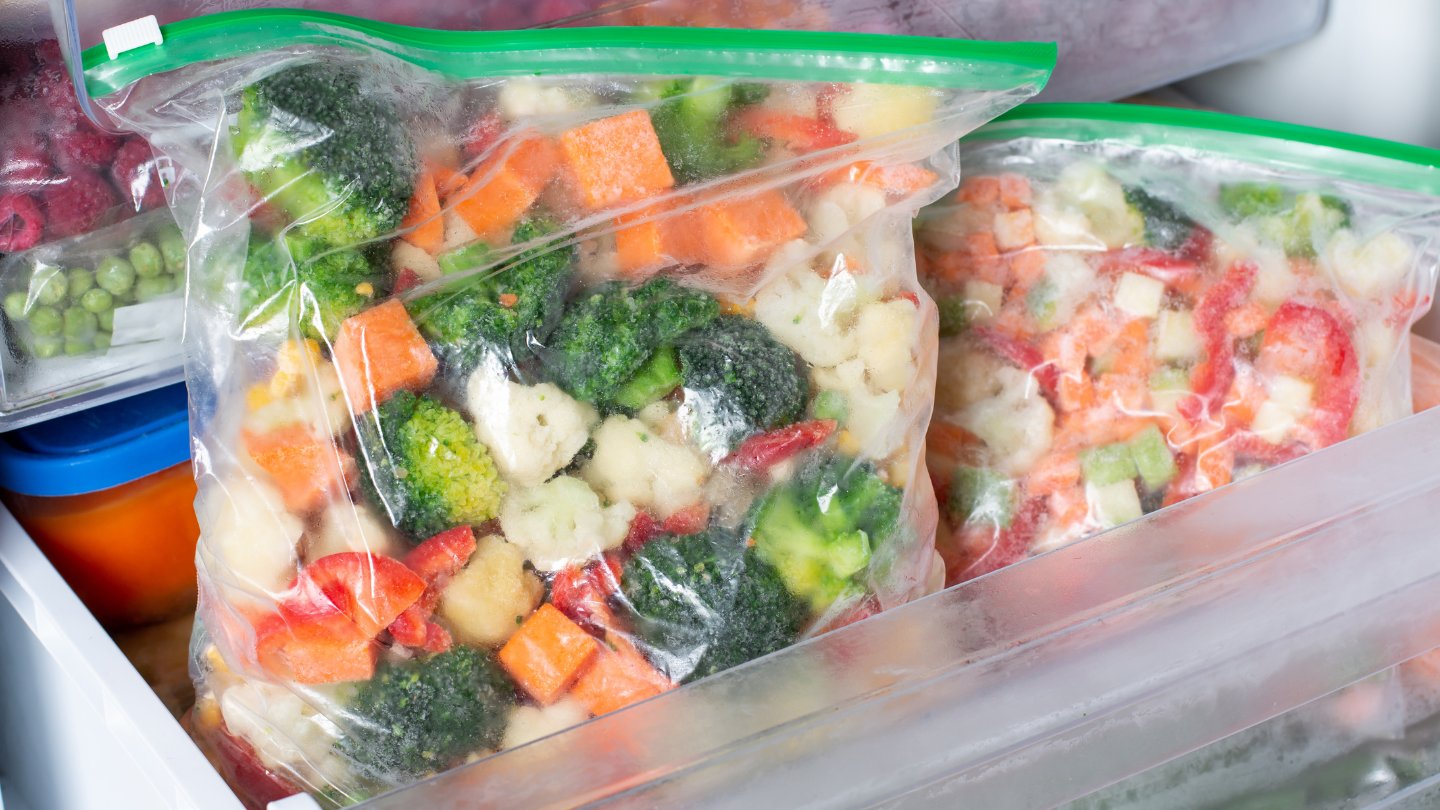
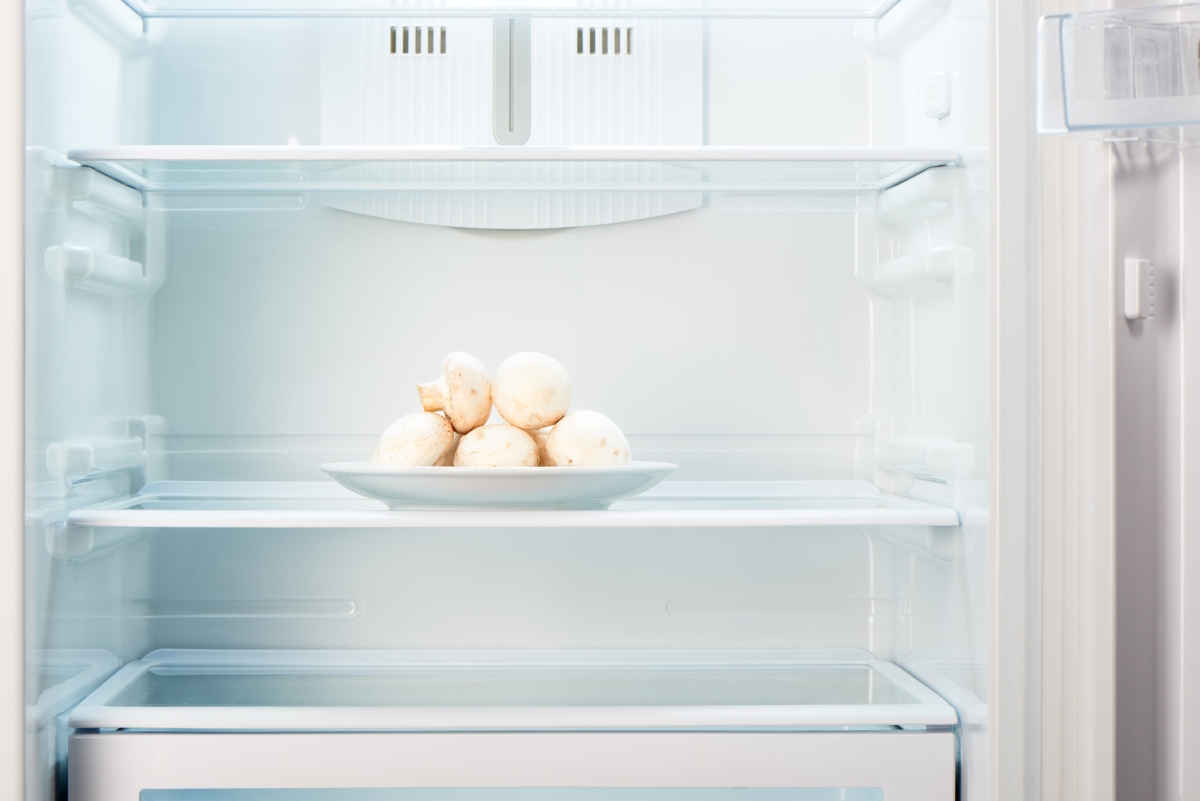
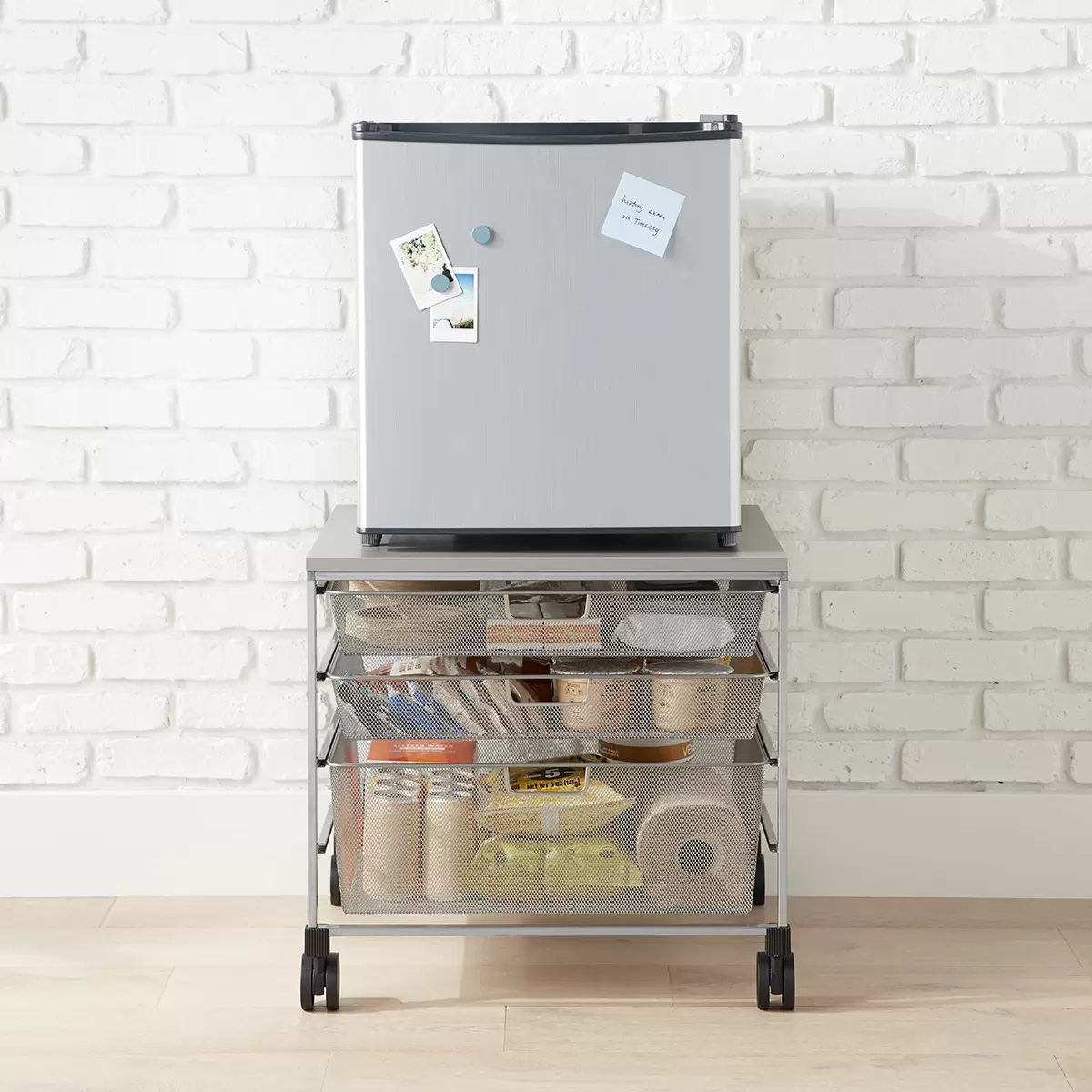
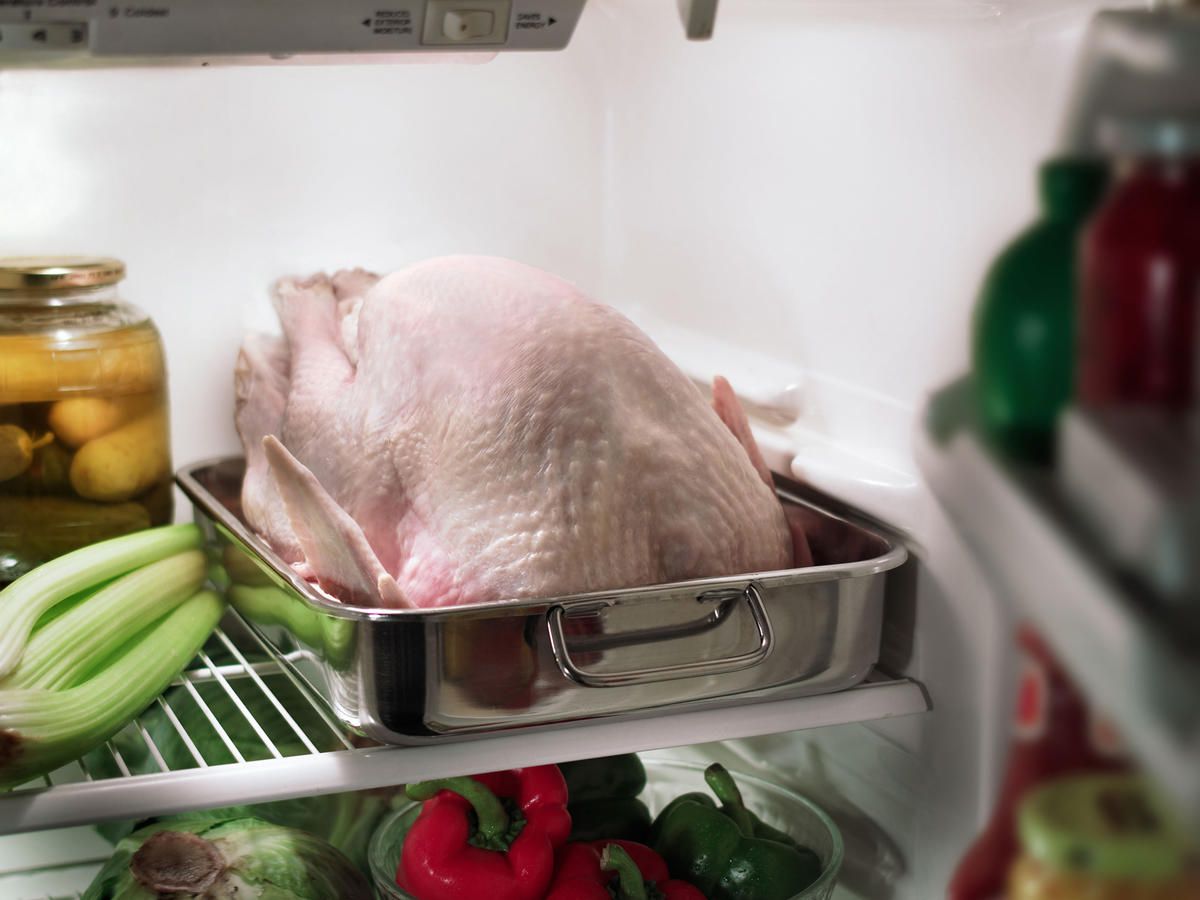
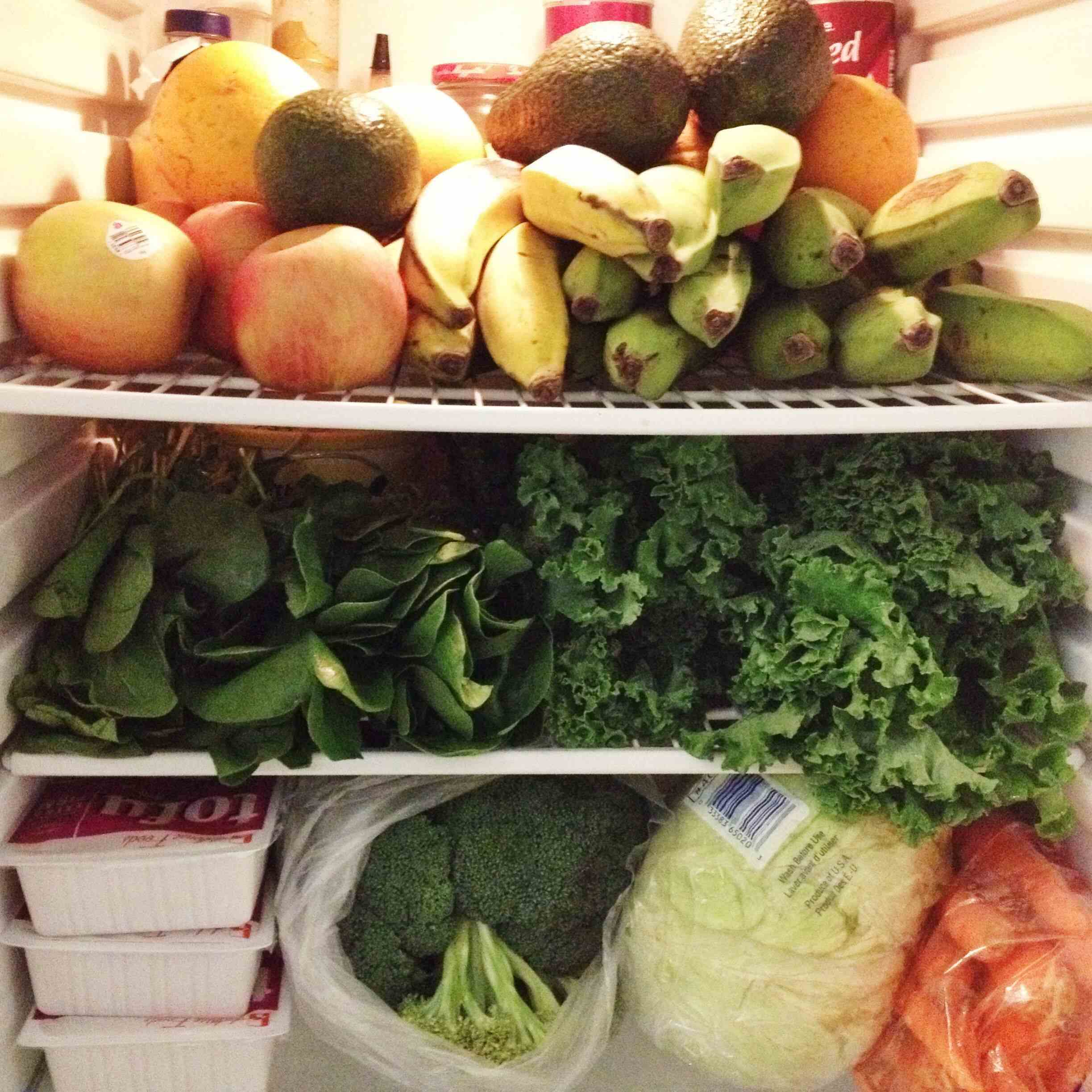

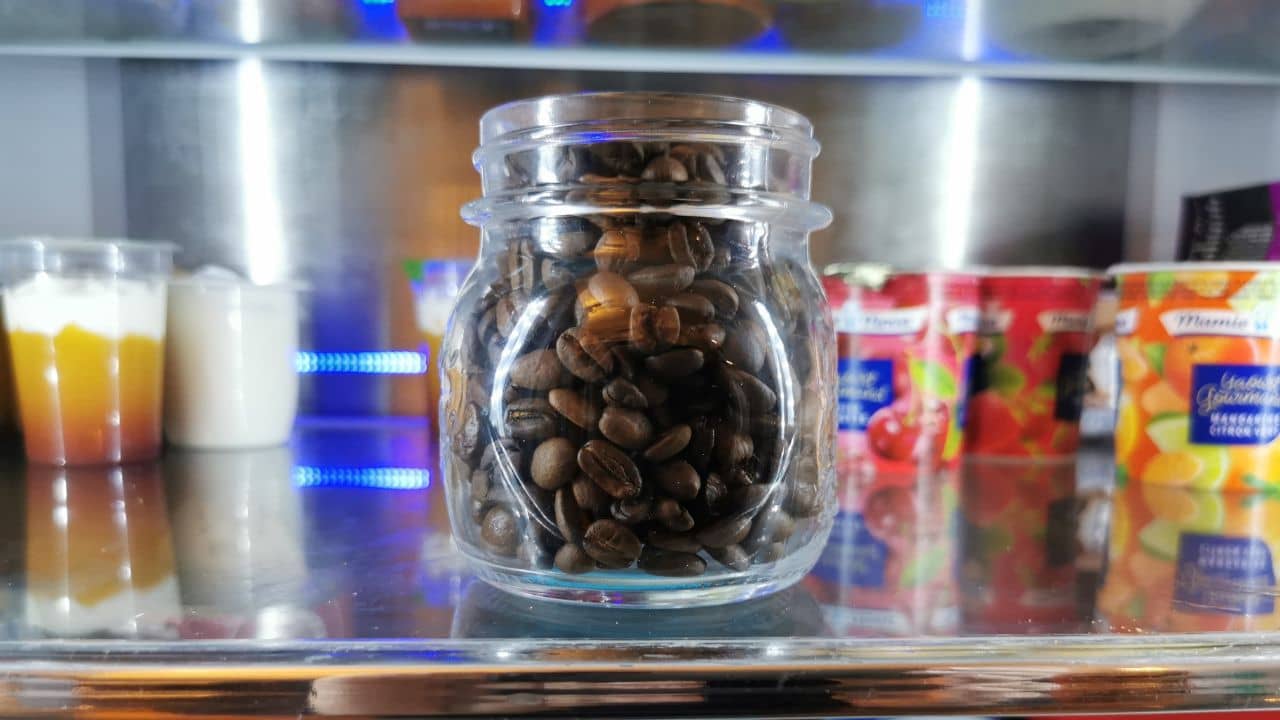

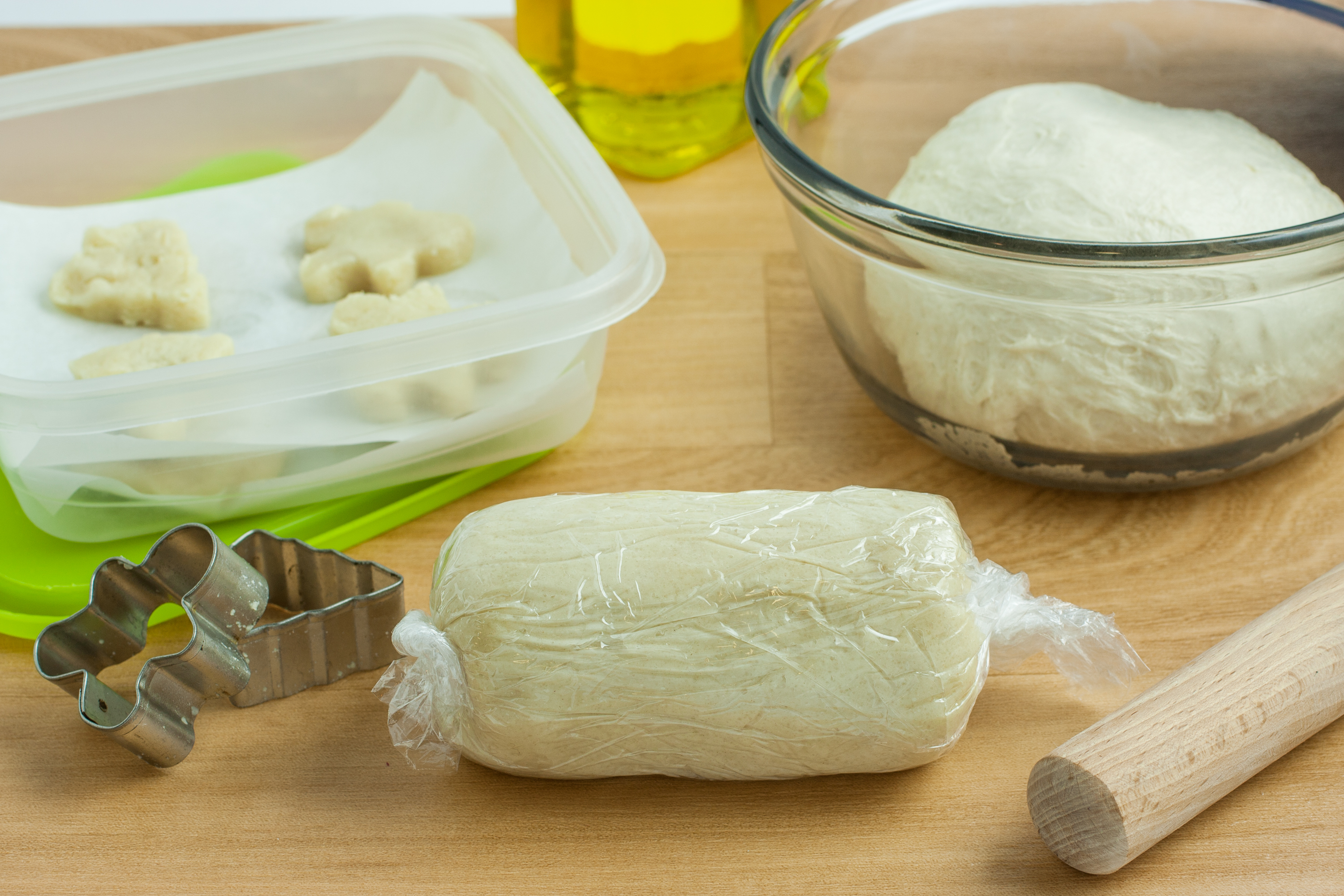
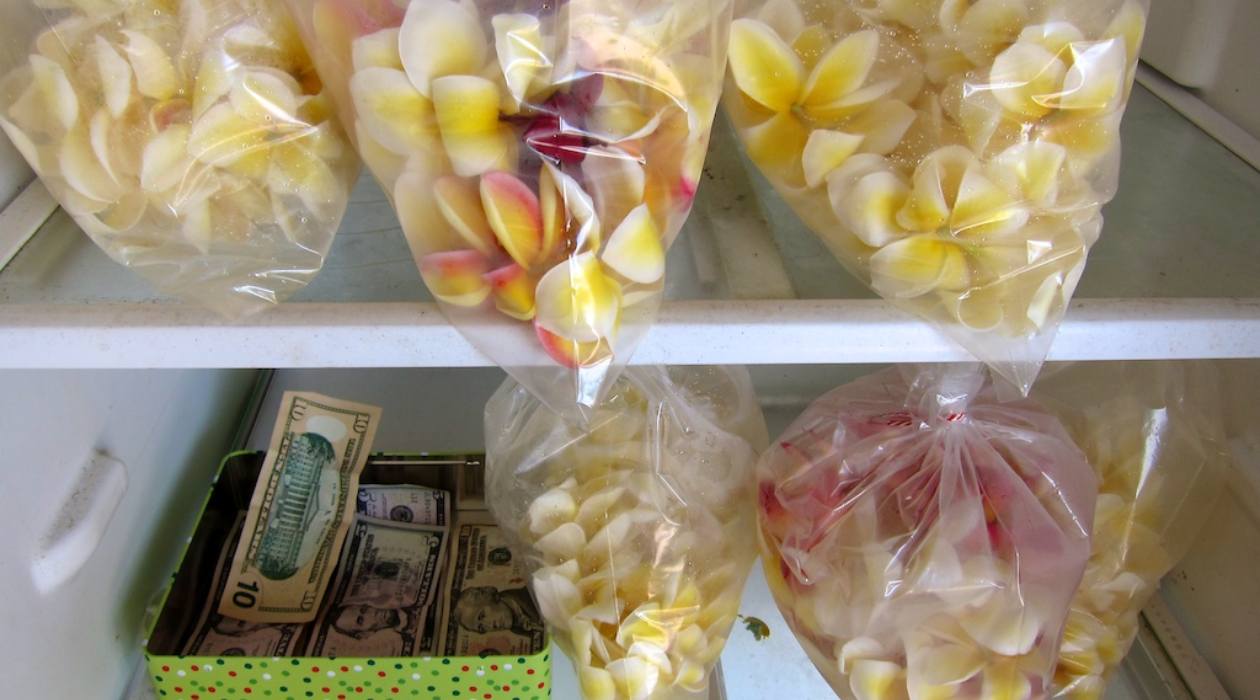
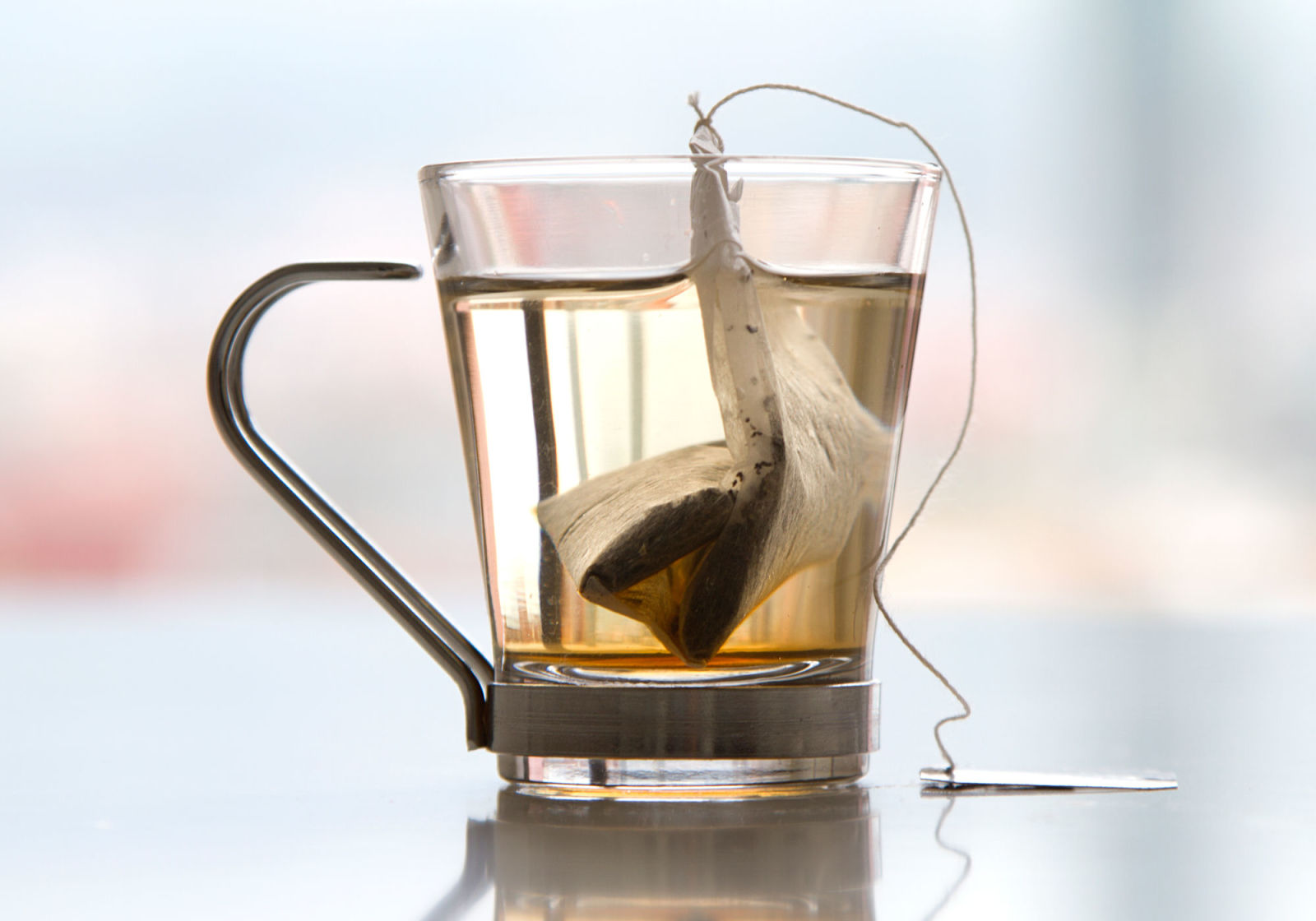
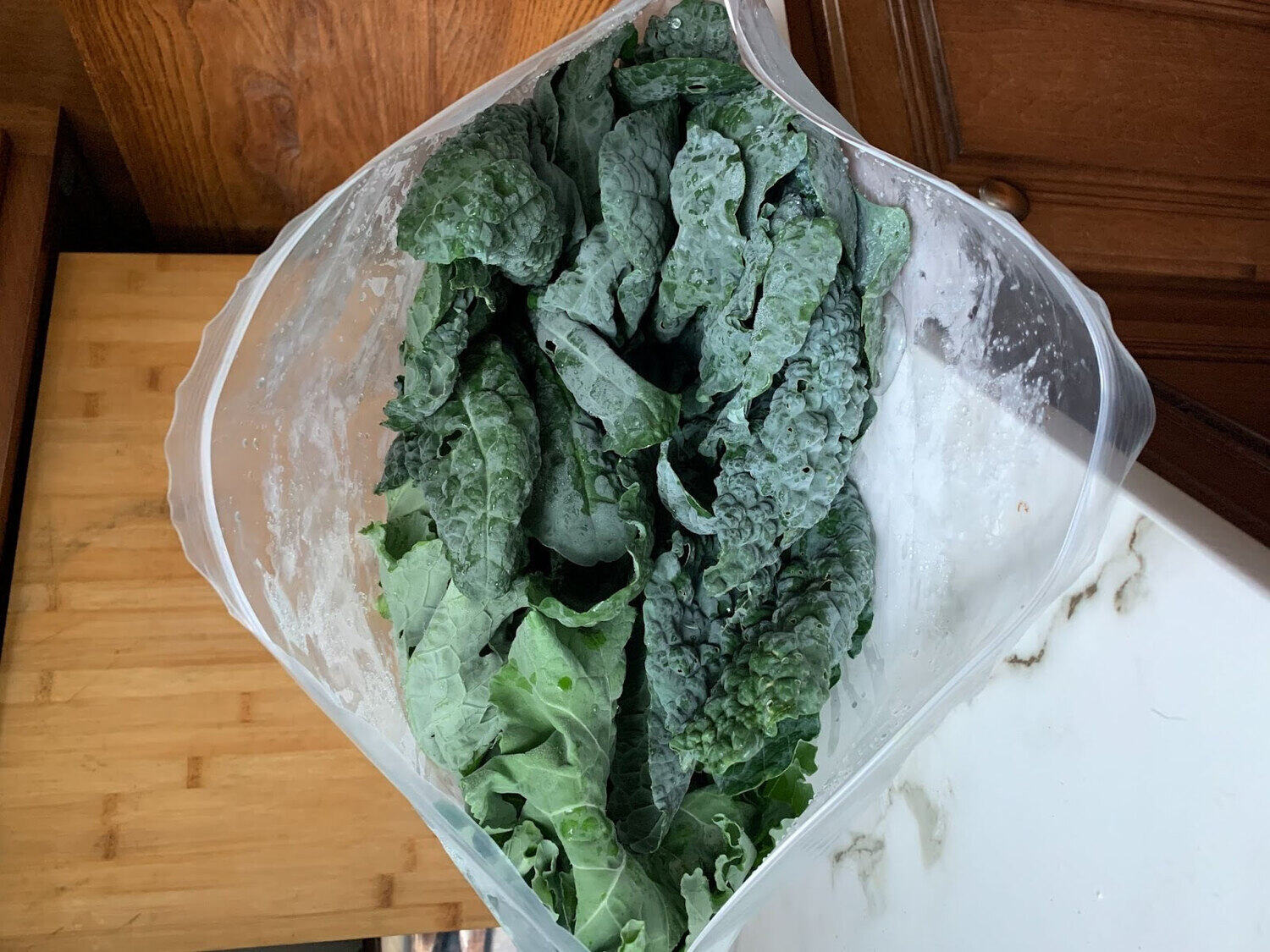
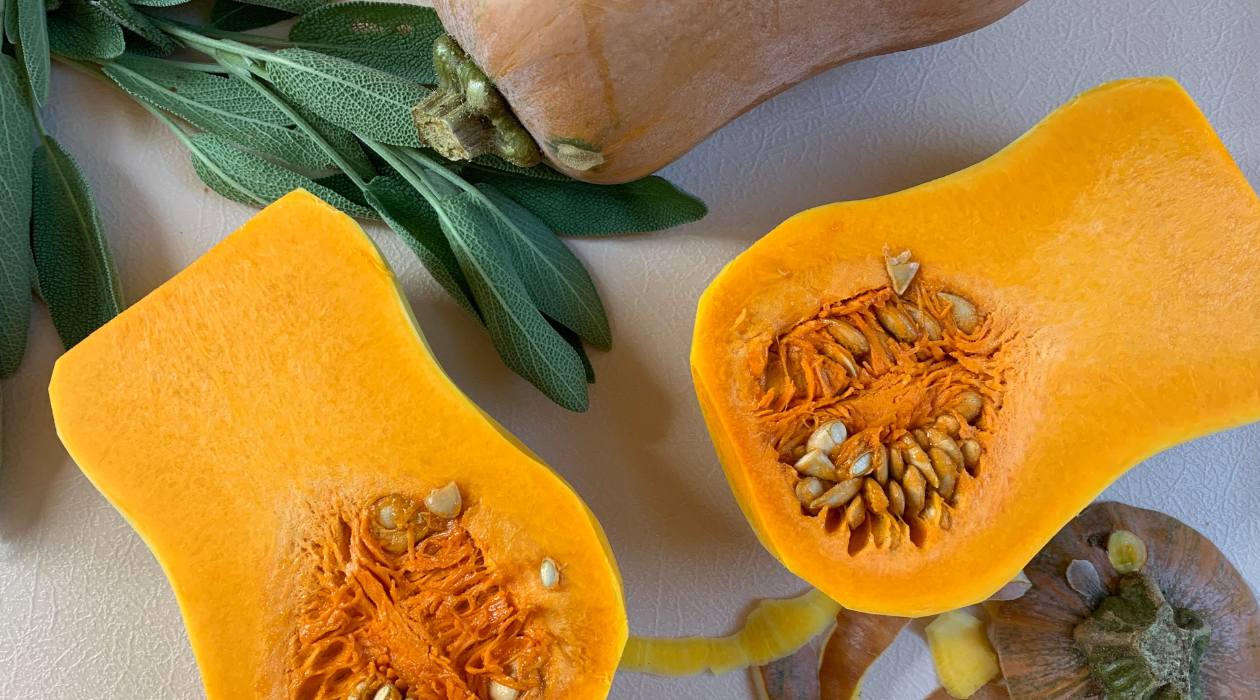
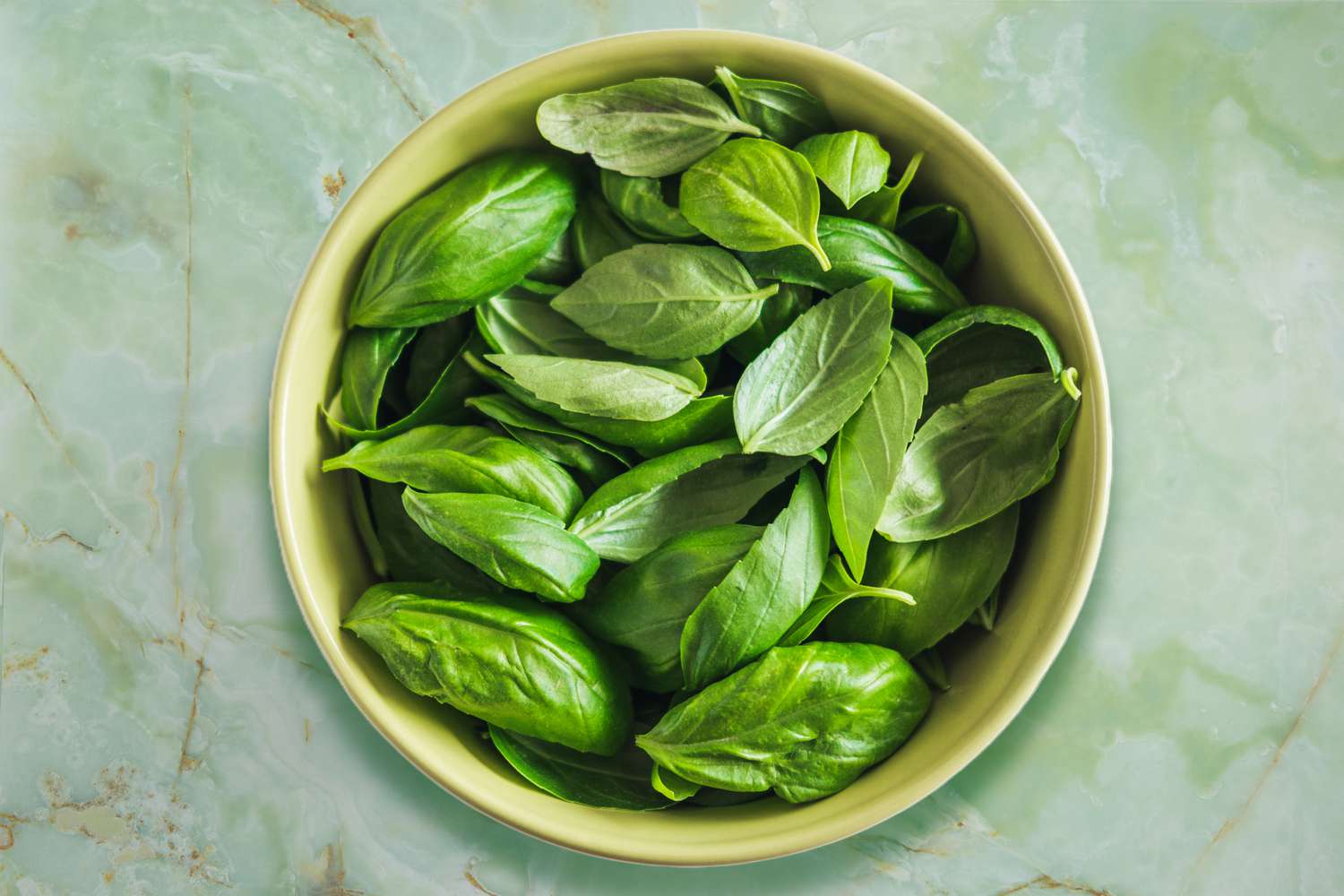

0 thoughts on “How To Store Cauliflower In The Fridge”